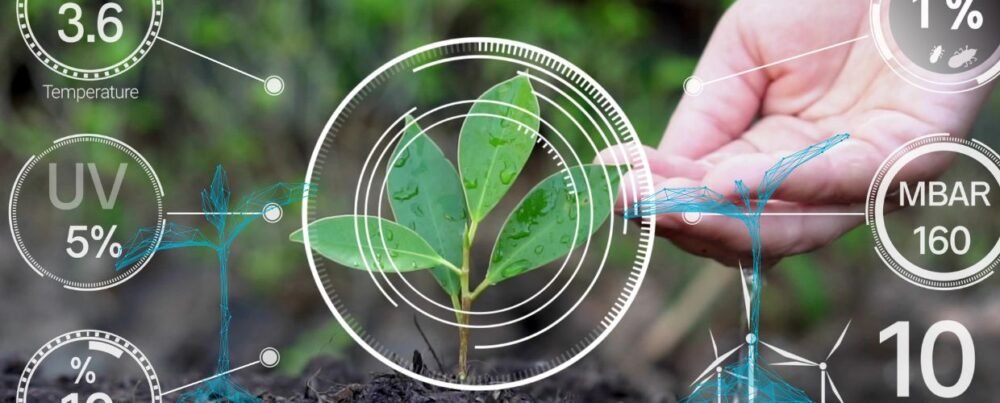The global pursuit of sustainable food production, a transformative trend, is reshaping the agricultural landscape—digital agriculture. This innovation-driven approach harnesses cutting-edge technologies to optimize farming practices, improve crop yields, and enhance resource efficiency. This article delves into digital agriculture, exploring its potential, challenges, and profound impact on farmers and food security.
Technology Meets Farming
Digital agriculture marks a pivotal shift in how traditional farming practices merge with advanced technologies to address the pressing challenges of feeding a growing global population.
Precision Farming: Targeted Cultivation
At its core, it revolutionizes farming through precision techniques. Satellite imagery, GPS, and sensors gather data that farmers utilize to optimize planting, irrigation, and fertilization, resulting in higher crop yields, reduced resource wastage, and sustainable farming practices.
IoT-Enabled Monitoring: Smart Farming
Digital agriculture integrates the Internet of Things (IoT) to enable real-time monitoring of crops, soil conditions, and livestock. Sensors collect moisture and temperature data, empowering farmers to make informed decisions, prevent disease outbreaks, and increase productivity.
The Impact of Digital Technology
The influence of digital agriculture extends beyond individual farms, disrupting the entire agricultural value chain to drive sustainability, profitability, and food security.
Supply Chain Transparency: From Farm to Fork
It enhances supply chain transparency. Blockchain technology tracks each journey from farm to table, ensuring traceability, reducing food fraud, and giving consumers insight into the origin and quality of the products they purchase.
Climate-Resilient Farming: Adapting to Change
Digital agriculture equips farmers to adapt to climate variability. Advanced weather forecasting and predictive analytics enable proactive decisions, such as adjusting planting schedules or crop varieties, to mitigate the impacts of changing weather patterns.
Challenges and Innovations
While digital agriculture presents immense promise, it encounters challenges that inspire innovative solutions, ethical considerations, and the need for inclusive adoption.
Rural Connectivity: Bridging the Digital Divide
Ensuring digital access in rural areas is essential for digital agriculture’s success. Infrastructure development, satellite technology, and affordable internet services are crucial to empowering farmers in remote regions with the tools they need to benefit from digital solutions.
Data Ownership and Privacy: Balancing Interests
It generates significant data, raising concerns about ownership and privacy. Implementing clear data ownership agreements and ensuring farmers retain control over their information is critical to fostering trust and enabling broader adoption.
Digital Agriculture’s Evolution Trends
The trajectory of digital agriculture leads to trends that promise to reshape farming practices, environmental stewardship, and the role of emerging technologies in agriculture.
Artificial Intelligence (AI) in Agriculture
AI is revolutionizing digital agriculture by processing vast amounts of data to provide actionable insights. Machine learning algorithms analyze data from various sources to predict disease outbreaks, optimize planting strategies, and enhance resource allocation, thereby driving efficiency and sustainability.
Robotics and Automation
Robotics and automation are transforming labor-intensive tasks in agriculture. Drones monitor crops from above, autonomous tractors plow fields, and robotic pickers harvest crops with precision, reducing the need for manual labor and increasing overall efficiency.
Conclusion
Digital agriculture is not just a trend—it’s a paradigm shift that empowers farmers and transforms how we produce food. By embracing technology, we embark on a journey that optimizes resource use, enhances sustainability, and ensures food security for future generations. While challenges involving rural connectivity and data privacy persist, the path forward is illuminated by innovation and a commitment to ethical use.
The future of digital agriculture holds the key to precision farming, climate resilience, and a more sustainable food supply. The odyssey of digital agriculture is a voyage into a realm where algorithms and agriculture collaborate—a journey that urges us to embrace an era where technology nurtures the land and empowers us to cultivate a more resilient and abundant future.










